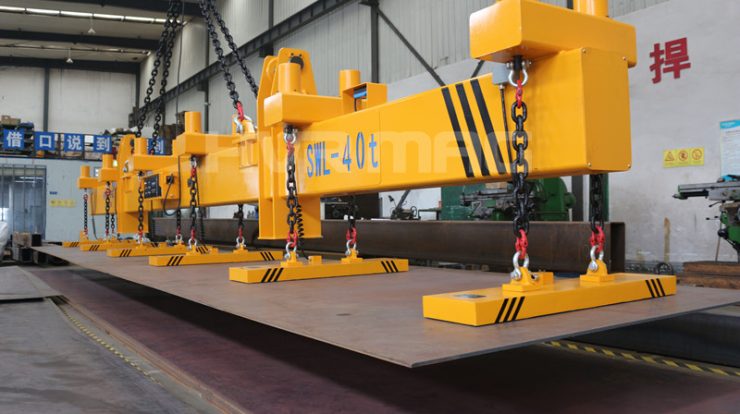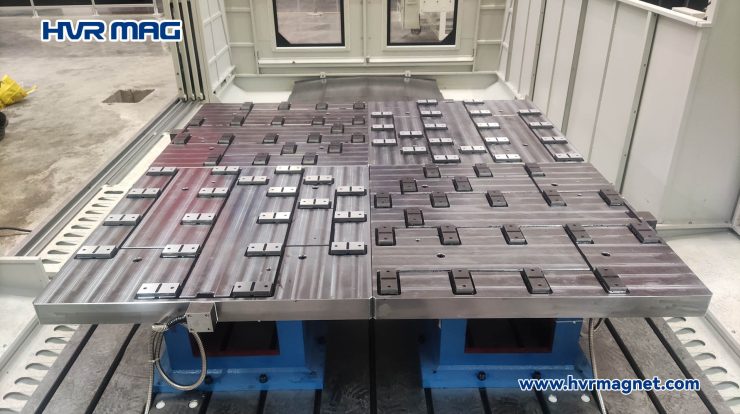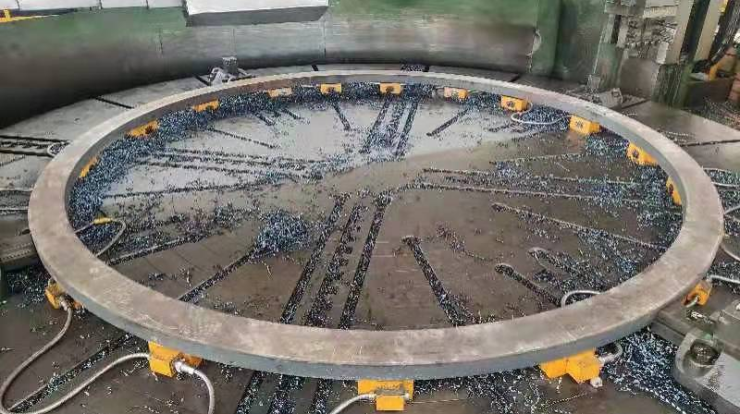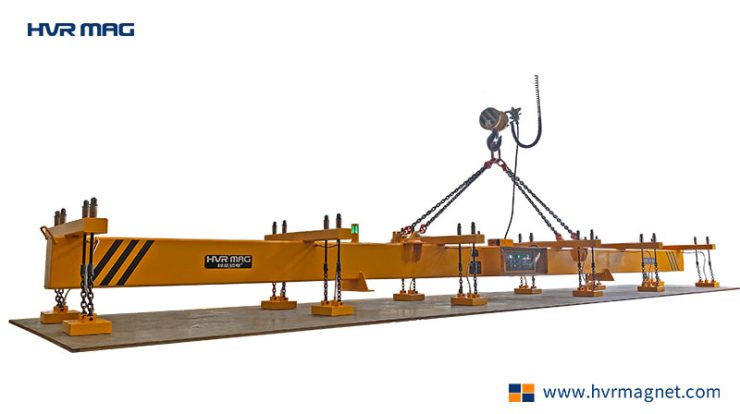A Guide to the Different Types of Excavators
Keywords: different types of excavators, types of excavators
What are the different types of excavators?
- Dragline
- Crawler
- Skid steer
- Suction
- Long reach

The excavator is arguably one of the most useful heavy machines. Different industries have long been using this machine in a variety of operations that require digging or transferring heavy loads of different kinds of materials from one place to another. There is no single type of machine which can do all the work required by many sectors. As such, it’s important to understand that there are many different types of excavators each with their own specific functions, specialized attachments, and other custom-made excavator components.
Whether you simply want to learn more about these types of excavators, or you’re considering investing in one, it would be in your best interest to continue reading.
What is an excavator?
Excavators, also known as dirtmovers, make the job of anything involving cumbersome amounts of soil easy to accomplish. For example, the agricultural industry takes advantage of this heavy machinery in creating trenches for irrigation systems. These machines can also be used in construction sites for loading mounds of gravel into place, or for different kinds of mining operations which require fast drilling for higher efficiency.
Dragline
The dragline excavator can be classified as one of the larger types of excavators on this list. Unlike the other kinds of these machines which have the main function of carrying buckets of soil or other materials, dragline excavators are used in different processes.
One of the most distinguishing features of a dragline excavator is that it makes use of a dragline as well as a hoist rope system. All the components involved in this kind of system are attached to a bucket with the assistance of a hoist coupler which can lower and raise a particular amount of load.
To provide you with a clearer image of how dragline excavators work, a bucket is pulled by a dragline through a wire cable. Depending on the height of the load required to be carried, the machine operator lowers the bucket onto the target material. By dragging the bucket along the ground, the load is stored into this component, which is pulled toward the operator.
Dragline excavators are typically utilized in projects of scale, in civil engineering and other kinds of surface mining operations.
Crawler

You may have already seen crawler excavators in a construction site. This next type of excavator is considered to be closer to what you imagine as a generic excavator. Instead of running on several large independent wheels, crawler excavators move using a machination involving two tracks.
A notable feature of a crawler excavator is that it makes use of a high-powered hydraulic system in order to perform the common functions of an excavator. The incorporation of a unique chain wheel system not only streamlines excavator operations, but also the machine operator, allowing them to traverse relatively steep surfaces like hills or large mounds.
Because of the chassis build and track-wheel system, crawler excavators are slower compared to their other counterparts. Despite this, however, they offer more stability and balance to anyone maneuvering it.
Skid steer
Similar to the large dragline excavator, albeit significantly smaller in dimension and size compared to the crawler excavator, skid steer excavators enjoy more productive use in sites that have many narrow spaces. It does not run on a track system, but rather on wheels. Based on this simple fact alone, skid steers are not ideal for surfaces which contain drastic irregularities, or on more high-angled slope areas.
Skid steers can be frequently found on smaller-scale construction sites, such as residential structures, because they’re practical and can easily fit into tighter spaces. Furthermore, these are some of the most versatile and flexible heavy machinery available because you can make several additions and modifications to its attachments. For example, by using the right attachment, you can construct a custom-made backhoe, or a pallet mover, depending on which function you’d like the skid steer to perform.
Suction
Suction excavators are not frequently utilized compared to the other excavators previously mentioned on this list.
The distinct feature of the suction excavator is that it does not require a bucket attachment. Its primary function, after all, is for the removal and loosening of soil and other debris.
This is made possible through the usage of water which passes through a high-pressure component in the machine. The specialized function of suction excavators results in precision removal of dirt without creating a disturbance to the surroundings of the target area.
Long reach
Long-reach excavators are utilized mainly in demolition operations, especially when explosives are not an option. Its most distinctive feature is that of its incomparably long arm that can reach up to 30 meters.
This feature offers any kind of demolition work requiring an excavator, with the highest precision, flexibility, and convenience, because of the equipment’s ability to reach spaces at great lengths. When the machine operator has greater control over the vehicle they’re maneuvering, they create a safer environment for the other operations in the site due to the highly targeted mechanism offered by long reach excavators.
Similar to the skid steer excavator, the long reach’s bucket can be replaced with other kinds of attachments so that the machine can perform pinching, crushing, and scooping functions, just to name a few.
Key Takeaway
No single excavator can do the job of different kinds of functions. For this reason, many different types of excavators have been manufactured to offer specific projects with high accuracy, precision, and efficiency. Despite this, however, it is possible for some excavator attachments, like buckets, to be replaced with other components to allow greater ease of use in processes of varying complexities.
The simple guide above has hopefully provided you with adequate information on just some of the excavators you should keep in mind.





